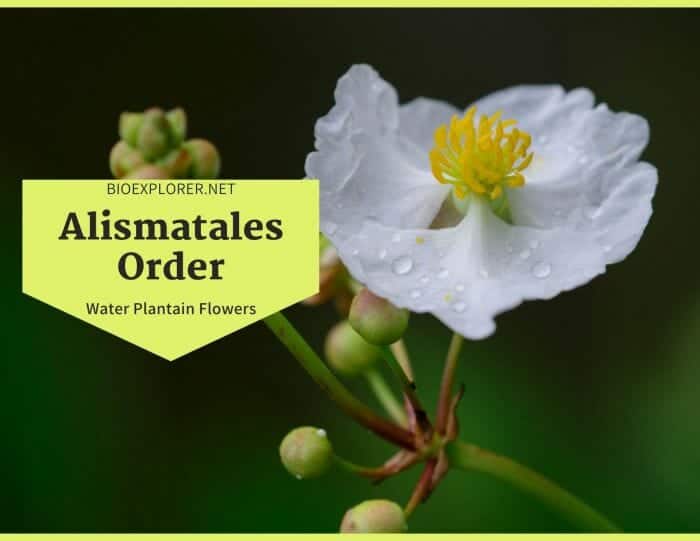The Alismatales is an angiosperm order known as ‘water plantains’[1] because all of its members are aquatic or wetland plants with foliage that is completely submerged or partially exposed to the air. They are members of the monocotyledon (monocot) group and belong to the arrowhead and pondweed order flowering plants.
Despite their small commercial value, these non-woody plants provide significant habitat for fish and assist in maintaining shorelines by creating complex communities with other aquatic and emergent stream-bank plants and promoting vegetation succession.
Alismatales are an order of flowering plants, including some well-known species such as the water arum (Calla palustris), Nymphoides peltata, and Japanese water shield (Brasenia schreberi). They are sometimes known as the “watermints“.
Table of Contents
Alismatales Distribution
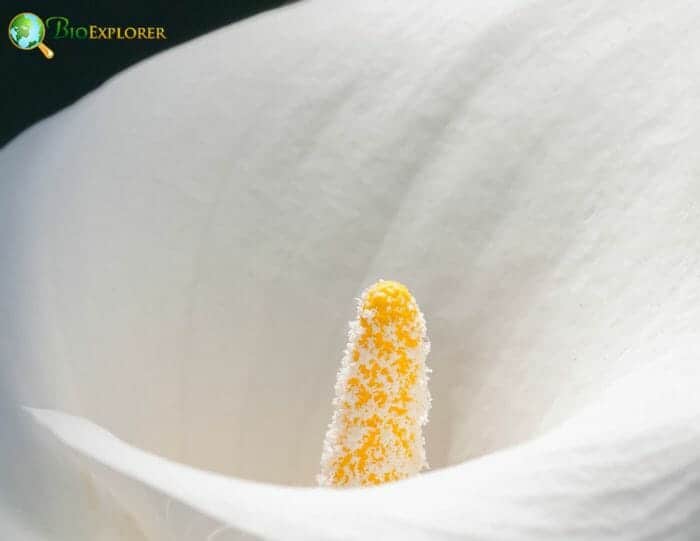
According to APG IV classification, the Alismatales order consists of about 16 families and 166 generaof aquatic plants. However, the number of species recognized may be considerably higher, with estimates of 6, 844. Many species are endemic to small areas of freshwater habitat.
| Alismataceae | Water plantains |
| Limnocharitaceae | Water Poppy |
| Aponogetonaceae | Cape-pondweed family |
| Araceae | Arum family (aroids) |
| Butomaceae | Butomus flowers |
| Cymodoceaceae | Manatee Grass family |
| Hydrocharitaceae | Waterweed flowers |
| Najadaceae | water-nymphs |
| Juncaginaceae | Arrowgrass family |
| Maundiaceae | Maundia triglochinoides |
| Posidoniaceae | Seagrass family |
| Potamogetonaceae | Pondweed family |
| Ruppiaceae | Widgeonweed family |
| Scheuchzeriaceae | Scheuchzeria palustris |
| Tofieldiaceae | Aquatic herbaceous plants |
| Zosteraceae | Marine seagrass family |
- They are widely dispersed throughout the temperate and tropical areas on every continent except Antarctica. Hydrocharitaceae, Alismataceae, and Najadaceae are found worldwide; Limnocharitaceae is pantropical, while Butomaceae is limited to Eurasia and northern North America.
- Alismatales are aquatic plants that can be found in marshes and other freshwater areas. These plants cause blockages in the water, which makes it hard for irrigation to occur.
- Alismatales also grow on the downwind sides of small peninsulas protected from wave action, making them particularly common.
- Butomus umbellatus or flowering rush, the only species in the Butomaceae family, is a perennial freshwater plant endemic to Eurasia that is now a weed in northern temperate zones.
- The common frog’s-bit, Hydrocharis morsus-ranae, is a member of the Hydrocharitaceae family and an ornamental rootless water plant with round or heart-shaped floating leaves and tiny white flowers with three petals.
- The single species in the family Scheuchzeriaceae is S. palustris. This circumpolar plant grows in quaking bogs found in the Northern Hemisphere. In contrast, R. maritimaof the Ruppiaceae family is a typical coastal plant that can survive in saline or brackish water.
- E. cordifoliusis found in southern North America and has a creeping stem and big oval leaves.
- E. tenellus is found in eastern and southern North America, the West Indies, and South America, with spear-shaped leaves approximately two inches long spear-shaped leaves. Both species are members of the Alismataceae family.
Alismatales Characteristics
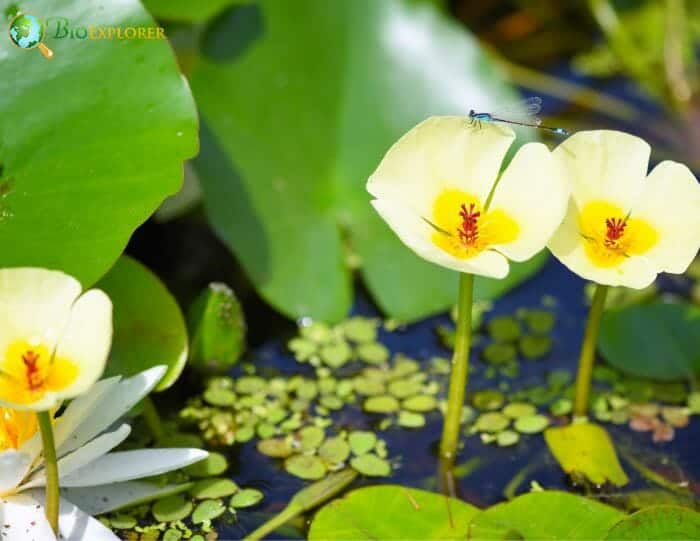
The following are the main standard features that put the majority of the Alismatales order together:
- The endospermWhat is endosperm?An embryonic nutritive tissue formed during double fertilization by the fusion of a sperm with the polar nuclei. growth is generally helobial, a mixture of the two primary kinds, cellular and nuclear.
- The majority are perennials, with a few exceptions being annuals.
- Perennial plants contain corms, rhizomes, and stolons.
- The aquatic plant’s leaves are submerged, floating, or immersed. Their bases are sheathing.
- The leaves can be either phyllodia that aren’t split into a blade and a petiole or linear blades divided into a blade and a petiole. Their shapes range from oval to ovate to sagittate.
- They only have one seed leaf.
- They have intravaginal squamulesWhat is squamules?A small loosely attached lobe in a squamulose lichen., which are trichomes situated at the axils of sheathing leaves.
Alismatales Flowers’ Role in Reproduction
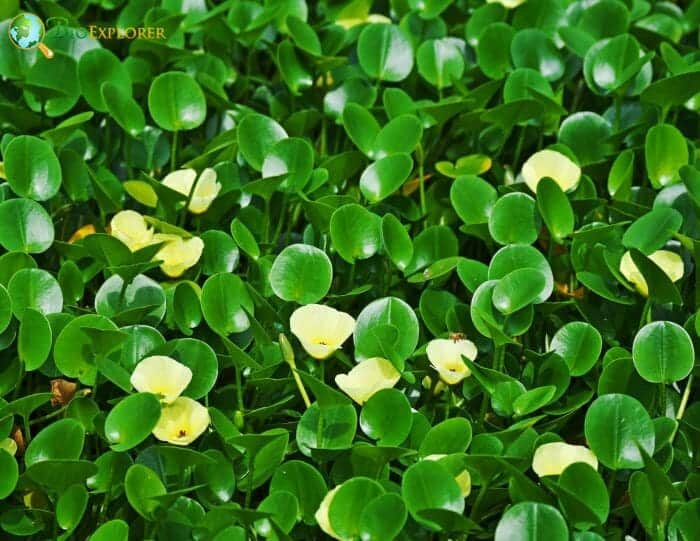
The flowers feature beautiful petals that aid in plant reproduction by attracting and pollinating flies, beetles, and butterflies.
- Aerial flowering plants are pollinated mainly by insects and, on rare occasions, by the wind.
- The majority of species with floating or submerged blooms, on the other hand, have far more complicated pollinating systems, with water being involved to some degree in pollen transport.
- Some species have also been seen to self-pollinate in the bud.
Alismatales Flowers’ Structure
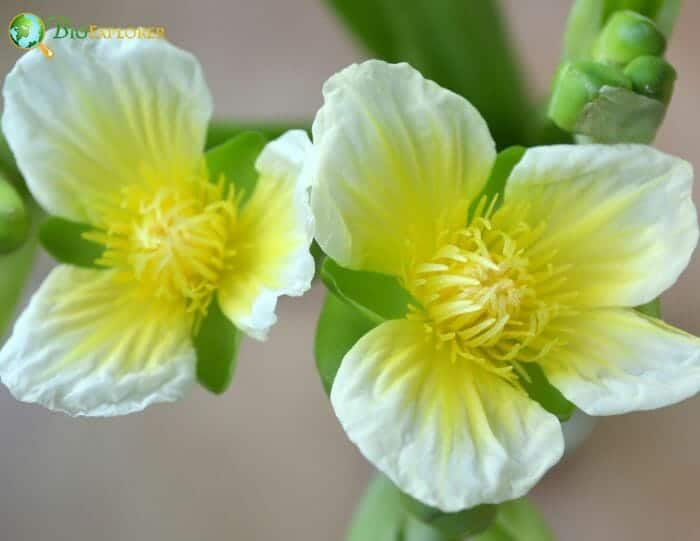
Most species in this order have a completely submerged juvenile phase, while others, such as Baldellia ranunculoides, Luronium natans, Ottelia ovalifolia, Ottelia alismoides, and Blyxa alternifolia, produce submerged cleistogamous blooms. Flowers are formed in whorls or umbelson upright or floating axes and are aerial.
- Some members of the Alismatales order produce bisexual flowers with prominent perianth structures, such as Alisma, Baldellia, and Astonia of the Alismataceae family; Butomus of the Butomaceae family; and Butomopsis, Hydrocleys, and Limnocharis of the Limnocharitaceae family.
- Both staminate and carpellate blooms are produced on the same plant in unisexual members – for example, the Egeria, Appertiella, Halophilia of the Hydrocharitaceae family; and Najas of the Najadaceae family (monoecious). The Hydrocharitaceae family is the only one in the order that has blooms with an inferior ovary. The ovary itself is made up of multiple joined carpels.
- Flowers of the vast Araceae family are tightly packed onto a usually enlarged spike (the spadix), which is accompanied or encircled by a leafy or meaty spathe. The spadix of the cultivated Anthurium is made up of bisexual blooms.
- In contrast, the spadix of the voodoo lily (Amorphophallus konjac) is divided into three sections: a base area with female flowers, a middle portion with male blooms, and a lengthy sterile tip that, when matured, emits the distinctive odor of decaying flesh.
Alismatales Economic Uses
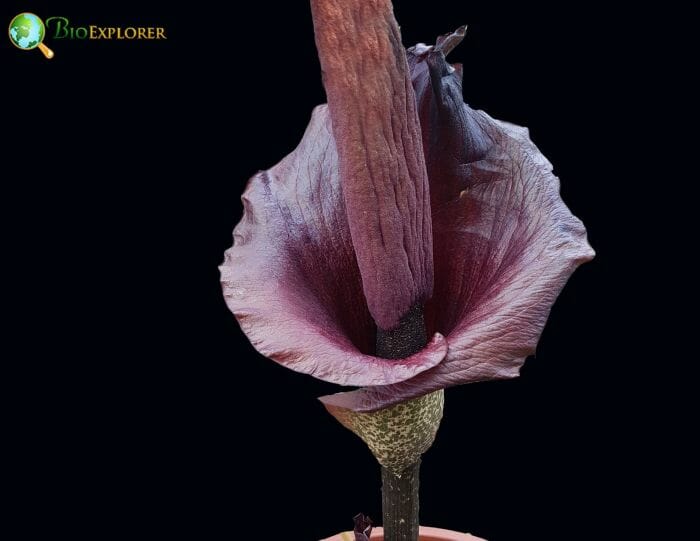
Among the aquatic plants of the Alismatales order in the modern world, only water chestnuts and lotus roots are consumed.
- However, they contain a small amount of nutrients compared with grains and cereals. In ancient times, however, the underground storage organs of these aquatic plants were swollen with food reserves. This carbohydrate source was once utilized by many different societies.
- Alismatales are flowering plants that have no medicinal importance in the modern world. However, in medieval Europe, some species were considered essential and featured in early herbals. For example, S. trifolia appears as a motif in Japanese religious metalwork of the 16th century.


